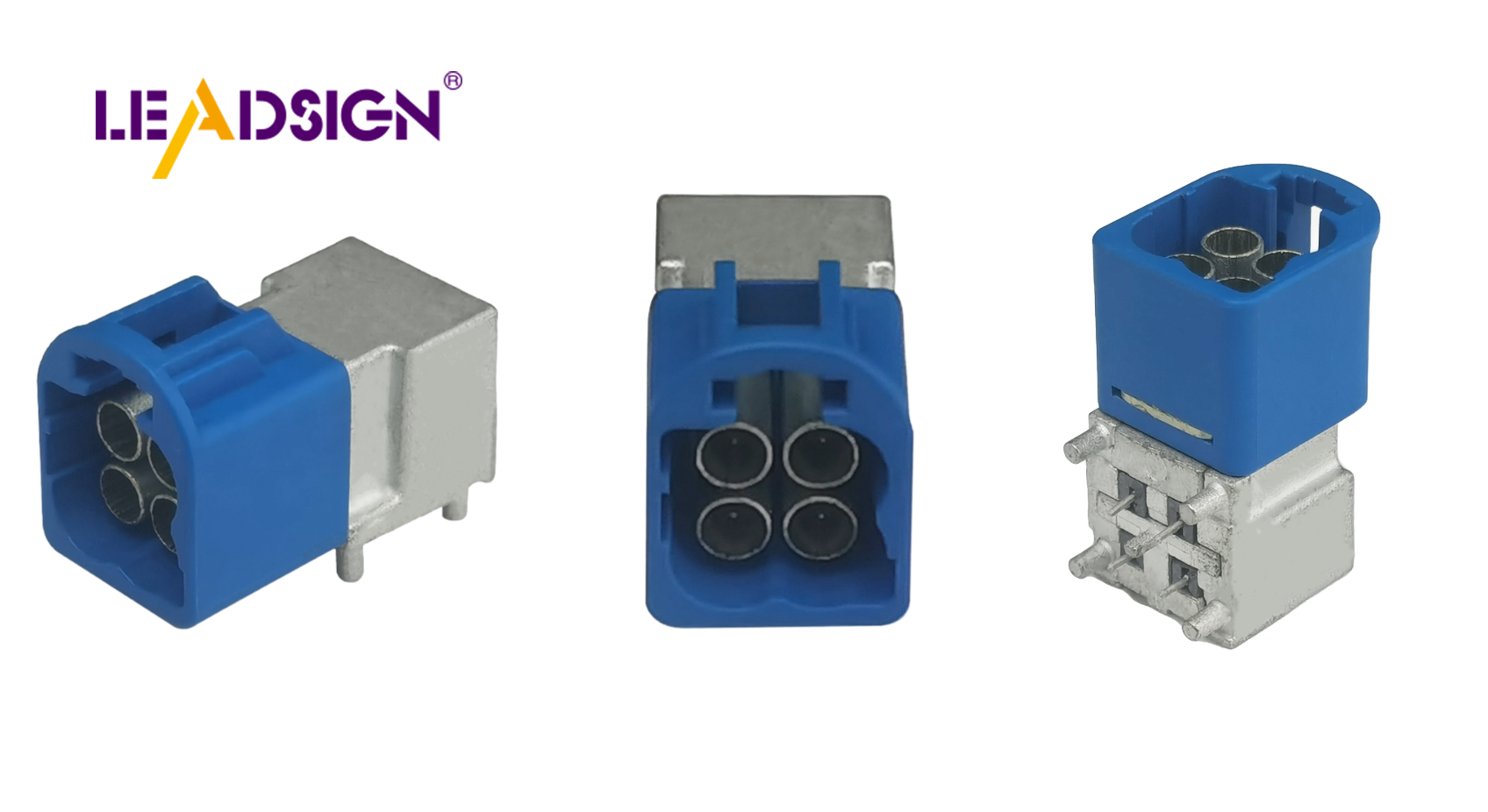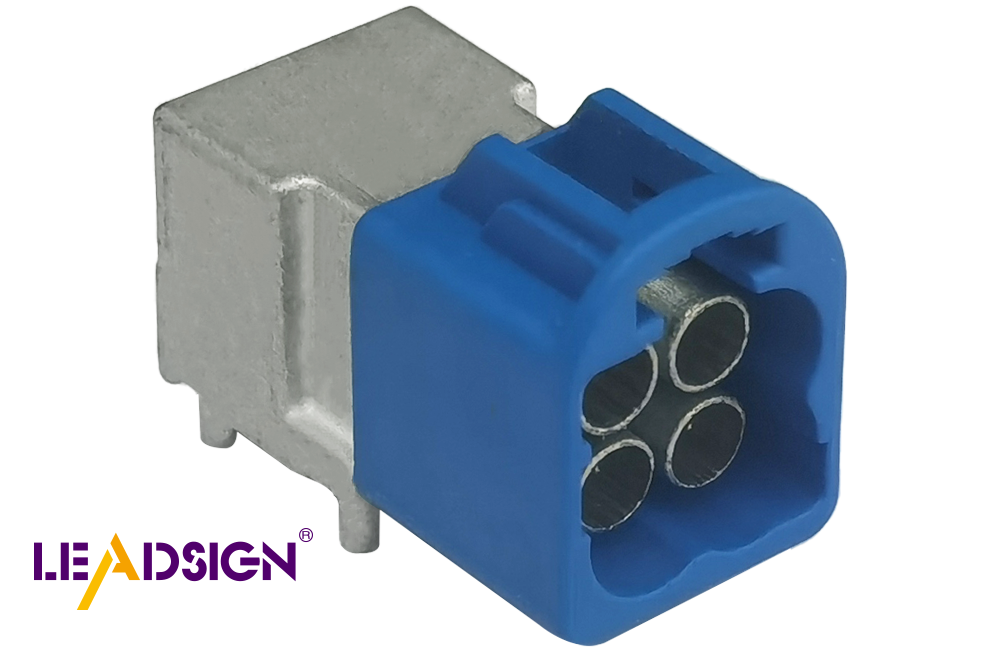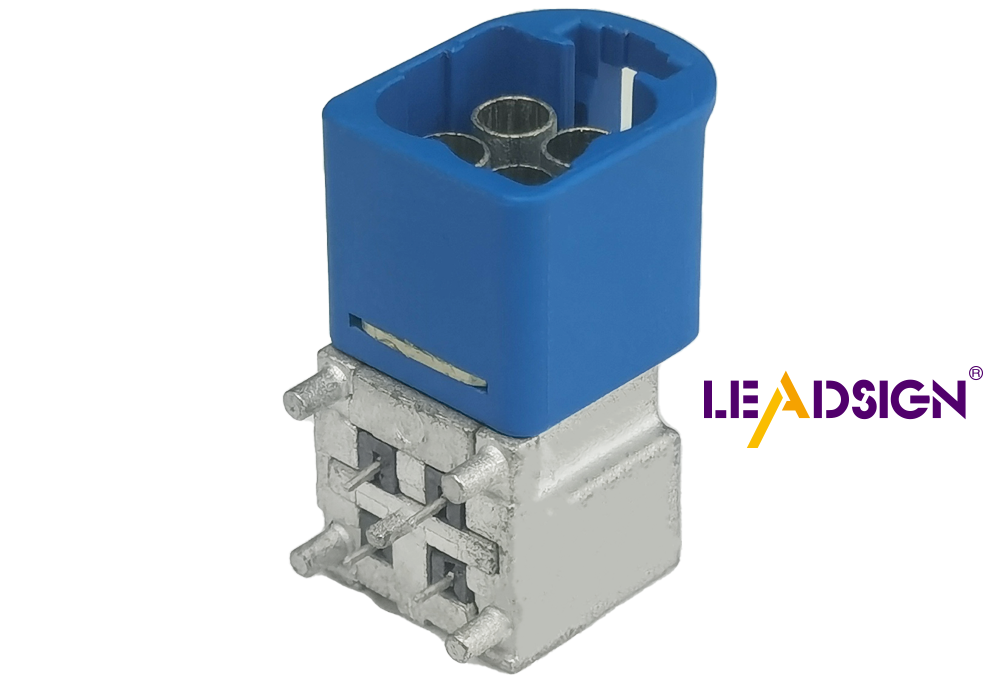Step-by-Step Guide to Installing Auto Wire Connector Types

Good wire connections are very important in cars, especially when it comes to automotive electrical connectors types. They help keep the electricity working well and prevent problems from happening. There are various types of car electrical connectors designed for specific applications. Using the correct automotive electrical connectors types offers several advantages:
Enhanced Safety: Good connections reduce the risk of short circuits and fires.
Improved Performance: Ensures all components receive a consistent power supply.
Durability: Robust connectors can withstand vibrations and harsh conditions, leading to a longer lifespan.
"Shaking can wear out terminal parts, cause bad contact, and break connector covers." - USCAR
Selecting the appropriate connector type is crucial for maintaining the optimal functionality of your car's electrical system.
Understanding Automotive Electrical Connectors Types

In car wiring, knowing different automotive electrical connectors types is key. These connectors help your car's electrical system work well and safely. Let's look at some common and special types of these connectors.
Common Automotive Electrical Connectors Types
Butt Connectors
Butt connectors are often used automotive electrical connectors types. They join two wires end-to-end. This connector gives a strong connection, which keeps your car's electrical system working right. When you use butt connectors, the wires stay connected even when the car shakes or moves.
Ring Terminals
Ring terminals are also popular in cars. They connect wires to a stud or bolt. The ring shape makes a strong link, important for parts needing steady power. With ring terminals, you can attach wires to grounding points or battery ends easily, ensuring a good connection.
Spade Terminals
Spade terminals, or fork terminals, are easy to use and remove. They connect wires to terminal blocks or screw connections. The fork shape lets you slide it under a screw without taking it off completely. This makes spade terminals handy for places where you need to disconnect often.
Specialty Automotive Electrical Connectors Types
Heat Shrink Connectors
Heat shrink connectors give extra protection for connections. They make a watertight seal around the wire and connector. This is useful in wet or tough places. By heating them, the tubing shrinks tight around the wire, keeping it safe from rust and harm.
Quick Disconnects
Quick disconnects are for spots needing frequent connecting and disconnecting. They join wires temporarily for easy fixing and swapping out parts. These come in male and female pairs that fit securely together to stop accidental disconnection. Quick disconnects work best for parts needing regular checks or swaps.
Knowing these automotive electrical connectors types helps you choose wisely when fixing your car's wiring system. Picking the right connector boosts safety, performance, and durability of your car’s wiring.
Tools and Materials Needed
To put in car wire connectors right, you need good tools. These things help make sure your car's wires are safe and work well.
Important Tools
Wire Strippers
Wire strippers take off the plastic from wires. They do this without hurting the metal inside. You need to see the wire to connect it. Pick a stripper that fits your wire size. This tool makes the job easy and neat.
Crimping Tools
Crimping tools help attach connectors to wires tightly. Put the connector in the tool, add the wire, and squeeze hard. This makes a strong link between them. A good crimper keeps connections tight even when cars shake.
Suggested Materials
Electrical Tape
Electrical tape covers wires to keep them dry and clean. After connecting with car wire connectors, wrap tape around them. This gives extra safety and holds everything together.
Heat Shrink Tubing
Heat shrink tubing seals connections from water. Slide it over wires before joining them. Heat it after connecting so it shrinks tight around everything. It’s great for tough places where wires get wet or dirty.
Having these tools helps you install car wire connectors better and faster. They let you make strong connections that keep your car's electric parts safe and working well.
Step-by-Step Installation Process

Putting in automotive electrical connectors types needs careful work. Follow these steps for a safe connection.
Preparing the Wires
Stripping the Wire Insulation
First, take off the wire cover. Use a wire stripper to remove half an inch of it. This shows the metal wire without harm. Good stripping helps connect well with the connector.
Choosing the Right Connector
Pick the right connector for your job. Think about what you need, like butt connectors to join wires or ring terminals to attach to a bolt. The right pick makes your automotive electrical connectors types work better and safer.
Connecting the Wires
Inserting the Wire into the Connector
Put the stripped wire into the connector. Make sure it goes all in and touches metal inside. This is key for a strong electric link.
Crimping the Connector
Use a crimping tool to hold the wire tight in place. Put it in and squeeze hard. A good crimp keeps it steady even when moving or shaking happens. This step is important for keeping automotive electrical connectors types strong.
Securing the Connection
Applying Heat Shrink Tubing
Slide heat shrink tubing over where they join. Use heat to make it fit snugly around everything. It seals out water and dirt, adding safety to your automotive electrical connectors types.
Inspecting the Connection
Finally, look at your work closely. Check if any wires are loose or not crimped well enough. Careful checking makes sure it's reliable and safe for use in cars.
"USCAR and LV214 set detailed tests for connectors," said Kerrick Klancnik, sales engineer – automotive, at Hirose Electric. This shows why following steps carefully is needed to meet standards.
By doing these steps, you put in automotive electrical connectors types right, giving long-lasting help for car electric needs.
Using the right car wire connectors is important. It keeps your car safe and working well. Check wires often for damage or wear. Change any broken connectors quickly. Keep them clean and dry to stop rust. Use the right tools and follow steps carefully when wiring. This makes sure connections last long and work well. By knowing these tips, you make your car's electrical system better and safer.
See Also
An Extensive Overview of HSD Connectors
Navigating Ford Fakra Connectors
In-Depth Look at Fakra Female Connectors

